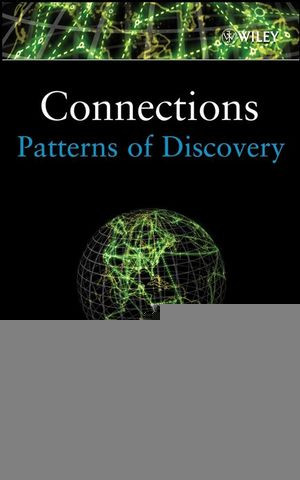

Most ebook files are in PDF format, so you can easily read them using various software such as Foxit Reader or directly on the Google Chrome browser.
Some ebook files are released by publishers in other formats such as .awz, .mobi, .epub, .fb2, etc. You may need to install specific software to read these formats on mobile/PC, such as Calibre.
Please read the tutorial at this link: https://ebookbell.com/faq
We offer FREE conversion to the popular formats you request; however, this may take some time. Therefore, right after payment, please email us, and we will try to provide the service as quickly as possible.
For some exceptional file formats or broken links (if any), please refrain from opening any disputes. Instead, email us first, and we will try to assist within a maximum of 6 hours.
EbookBell Team

5.0
90 reviewsA generation from now, every individual will have personally tailored access to the whole of knowledge . . . the sooner we all begin to think about how we got here, and where we're going, the better. This exciting book is an essential
first step."
—From the Foreword by James Burke
Many people envision scientists as dispassionate characters who slavishly repeat experiments until "eureka"—something unexpected happens. Actually, there is a great deal more to the story of scientific discovery, but seeing "the big picture" is not easy. Connections: Patterns of Discovery uses the primary tools of forecasting and three archetypal patterns of discovery—Serendipity, Proof of Principle, and 1% Inspiration and 99% Perspiration—to discern relationships of past developments and synthesize a cohesive and compelling vision for the future. It challenges readers to think of the consequences of extrapolating trends, such as Moore's Law, to either reach real machine intelligence or retrench in the face of physical limitations. From this perspective,the book draws "the big picture" for the Information Revolution's innovations in chips, devices, software, and networks.
With a Foreword by James Burke and bursting with fascinating detail throughout, Connections: Patterns of Discovery is a must-read for computer scientists, technologists, programmers, hardware and software developers, students, and anyone with an interest in tech-savvy topics.Content:
Chapter 1 Connecting Information (pages 12–29):
Chapter 2 Connecting Circuits (pages 30–52):
Chapter 3 Connecting Chips (pages 53–74):
Chapter 4 Connecting Processes (pages 75–102):
Chapter 5 Connecting Machines (pages 103–112):
Chapter 6 Connecting Networks (pages 113–128):
Chapter 7 Connecting Devices (pages 129–141):
Chapter 8 Connecting the Web (pages 142–154):
Chapter 9 Connecting Intelligence (pages 155–173):
Chapter 10 Connecting Patterns (pages 174–186):